“I Am the Bread of Life”
John 5–6; Mark 6:30–44; Matthew 14:22–33
LDS manual: here
Purpose
To remind readers that regular people have used science to help humanity more than Jesus ever did with his comparative paltry conjuring tricks.
Reading
At this point in our story, Jesus has a pretty good thing going on. Not only has he taken over John the Baptist’s franchise, he’s managed to convince people that he can do miracles — conjuring tricks, really — turning water into wine, faith healings, and so on. This prophet gig is pretty sweet!
But, as with every con artist who believes their own hype, overreach was inevitable. And this week, Jesus has his “bigger than the Beatles” moment.
Here are the high points of this lesson:
- Faith healing at the pool of Bethesda
- Loaves and fishes
- Walking on water
- Many are offended by his “Bread of Life” speech
Main ideas for this lesson
Pool of Bethesda
We start with Jesus healing a man at the site of a pool with some… shall we say… unusual visitors.
John 5:2 Now there is at Jerusalem by the sheep market a pool, which is called in the Hebrew tongue Bethesda, having five porches.
5:3 In these lay a great multitude of impotent folk, of blind, halt, withered, waiting for the moving of the water.
5:4 For an angel went down at a certain season into the pool, and troubled the water: whosoever then first after the troubling of the water stepped in was made whole of whatsoever disease he had.
Imagine. Angels are popping in, popping out, dipping their toes in the water, and giving it magical healing properties.
What I think is cute about this story is how John just totally buys into the angel angle, and reports it straightforwardly, without blinking an eye. Of course angels are real, says John, and that’s what heals people. Duh.
John 5:5 And a certain man was there, which had an infirmity thirty and eight years.
5:6 When Jesus saw him lie, and knew that he had been now a long time in that case, he saith unto him, Wilt thou be made whole?
5:7 The impotent man answered him, Sir, I have no man, when the water is troubled, to put me into the pool: but while I am coming, another steppeth down before me.
5:8 Jesus saith unto him, Rise, take up thy bed, and walk.
5:9 And immediately the man was made whole, and took up his bed, and walked: and on the same day was the sabbath.
Poor guy, waiting for 38 years. God knows that he wanted to be healed, but I’m sorry, guy. The rules say that God won’t heal you unless you actually touch the water first. Rules are rules.
Well, not everyone believes in angels, and that’s the story behind this scripture. It would appear that the translators of the KJV worked from texts that had the angel story, but there were earlier texts that they didn’t have access to, and these texts don’t include the angel story in verses 3 and 4.
Defenders of the decision to omit John 5:3b-4 consider the verses to be later interpolations or glosses, dating no earlier than about AD 500, and not to be found in the original manuscript as whispered by God into the ears of his human secretaries. Defenders of the KJV, on the other hand, get very cross indeed when even one jot or tittle of the Word is messed with.
There are some Bible fans who acknowledge that some scribe slipped in the angel story (hey, thought the scribe, it had to be an angel; there’s no other explanation), but it’s not a big deal to them. But the issue here is: with all these additions, deletions, discrepancies, and interpolations, how can we see the Bible as an accurate record of what happened? And if we can’t, then why should we place any credibility in Christianity?
By the way, Jesus didn’t just heal the guy and leave him; he came around once more to threaten him.
John 5:14 Afterward Jesus findeth him in the temple, and said unto him, Behold, thou art made whole: sin no more, lest a worse thing come unto thee.
Because physically infirmities come from sin, donchaknow.
Loaves and fishes
Here’s the story of Jesus miraculously feeding 5,000 people with a few loaves and fishes.
John 6:5 When Jesus then lifted up his eyes, and saw a great company come unto him, he saith unto Philip, Whence shall we buy bread, that these may eat?
6:6 And this he said to prove him: for he himself knew what he would do.
6:7 Philip answered him, Two hundred pennyworth of bread is not sufficient for them, that every one of them may take a little.
6:8 One of his disciples, Andrew, Simon Peter’s brother, saith unto him,
6:9 There is a lad here, which hath five barley loaves, and two small fishes: but what are they among so many?
6:10 And Jesus said, Make the men sit down. Now there was much grass in the place. So the men sat down, in number about five thousand.
6:11 And Jesus took the loaves; and when he had given thanks, he distributed to the disciples, and the disciples to them that were set down; and likewise of the fishes as much as they would.
6:12 When they were filled, he said unto his disciples, Gather up the fragments that remain, that nothing be lost.
6:13 Therefore they gathered them together, and filled twelve baskets with the fragments of the five barley loaves, which remained over and above unto them that had eaten.
Jesus (allegedly) fed thousands of people a couple of times, which was very nice for them. But Norman Borlaug, architect of the Green Revolution, saved millions of people from starvation.
Link text: If you don’t know who Norman Borlaug is, He was a man who saved over a billion people worldwide from starvation. He was awarded the Nobel Peace Prize in 1970 in recognition of his contributions to world peace through increasing food supply.
But there’s more to Borlaug’s story. Unlike Jesus, Borlaug was a proponent of social justice.
Unlike Jesus / Jehovah, he had the will and the ability to ensure that people didn’t go hungry. Borlaug did what God wouldn’t.
Walking on water
In a display of divinity, Jesus reportedly walked on water. Let’s pick it up from Matthew.
Matthew 14:24 But the ship was now in the midst of the sea, tossed with waves: for the wind was contrary.
14:25 And in the fourth watch of the night Jesus went unto them, walking on the sea.
14:26 And when the disciples saw him walking on the sea, they were troubled, saying, It is a spirit; and they cried out for fear.
14:27 But straightway Jesus spake unto them, saying, Be of good cheer; it is I; be not afraid.
14:28 And Peter answered him and said, Lord, if it be thou, bid me come unto thee on the water.
14:29 And he said, Come. And when Peter was come down out of the ship, he walked on the water, to go to Jesus.
14:30 But when he saw the wind boisterous, he was afraid; and beginning to sink, he cried, saying, Lord, save me.
14:31 And immediately Jesus stretched forth his hand, and caught him, and said unto him, O thou of little faith, wherefore didst thou doubt?
14:32 And when they were come into the ship, the wind ceased.
I’m not trying to say that this miracle can be done by just anyone:
Nigerian Pastor Tries To Walk On Water Like Jesus, Then Drowns In Front Of His Congregation
Walking on water is not easy. Not too many people have the ability. Let’s see, there’s Jesus, and well, that’s about it. Unfortunately for one pastor on the West Coast of Africa, his attempt to become the second man to make this impossible feat a reality cost him his life.
Pastor Franck Kabele, 35, told his congregation that he was capable of reenacting the very miracles of Jesus Christ. He decided to make it clear through way of demonstration on Gabon’s beach in the capital city of Libreville.
Referencing Matthew 14:22-33, Kabele said that he received a revelation which told him that with enough faith he could achieve what Jesus was able to.
According to an eyewitness, Kabele took his congregation out to the beach. He told them that he would cross the Kombo estuary by foot, which is normally a 20 minute boat ride.
Sadly by the second step into the water Kabele found himself completely submerged. He never returned.
This is not the first incident of this nature in Africa. At Ibadon zoo in south-west Nigeria, a self-proclaimed Prophet claimed to be able to do what the Daniel of the bible did by walking into a den full of lions.
But this feat has been duplicated.
And as you’d expect, it was a very clever trick.
There are also non-Newtonian fluids that you can walk on, in this case a very thick mixture of corn starch and water.
I’ll just leave this here.
What can I say? Fictional characters can do some amazing things.
Let’s give science the final word on the topic.
Eating flesh and drinking blood
Finally the breaking point comes. Jesus says that you need to eat his flesh and drink his blood to be saved.
John 6:53 Then Jesus said unto them, Verily, verily, I say unto you, Except ye eat the flesh of the Son of man, and drink his blood, ye have no life in you.
6:54 Whoso eateth my flesh, and drinketh my blood, hath eternal life; and I will raise him up at the last day.
6:55 For my flesh is meat indeed, and my blood is drink indeed.
6:56 He that eateth my flesh, and drinketh my blood, dwelleth in me, and I in him.
Wait, isn’t drinking blood against the Old Testament?
And no wonder people would be put off — it’s a rather nauseating doctrine.
Not only that; it’s also a bit plagiarised. Eating the flesh and drinking the blood of a deity figure predates Christianity, in particular the worship of Dionysus in a rite practised by the Maenad.
The rite climaxed in a performance of frenzied feats of strength and madness, such as uprooting trees, tearing a bull (the symbol of Dionysus) apart with their bare hands, an act called sparagmos, and eating its flesh raw, an act called omophagia. This latter rite was a sacrament akin to communion in which the participants assumed the strength and character of the god by symbolically eating the raw flesh and drinking the blood of his symbolic incarnation. Having symbolically eaten his body and drunk his blood, the celebrants became possessed by Dionysus.
Everything’s a reboot.
“To whom shall we go?”
It’s tough when a speech bombs. Jesus loses a lot of followers. It’s his Howard Dean moment.
John 6:66 From that time many of his disciples went back, and walked no more with him.
6:67 Then said Jesus unto the twelve, Will ye also go away?
6:68 Then Simon Peter answered him, Lord, to whom shall we go? thou hast the words of eternal life.
As a believer, I often thought of this scripture. “Who else would I follow if I didn’t follow Jesus?” It seemed absurd to stop being a Mormon; what else would I be? Who else would I follow?
What I didn’t realise was that when Jesus seemed like the only game in town, it was because I didn’t know there were better games. Life offers more choices than just choosing whom to follow.
This is why, for me, leaving the church was so freeing. Having decided that almost everyone in my life had been mostly wrong about everything — and thank goodness — I realised I’d have to do some thinking for myself, and determine what my life was going to be about. But this time, I’d have to use some reason, logic, and evidence so I’d be maybe a little harder to fool this time. No more gurus, no more mystics, and if someone wanted to say they were an expert on something, they were going to have to have their credentials in order. It’s an approach that’s made all the difference in my life.
Additional lesson ideas
Anti-semitism in John
We’re going to see this a few times, but it’s worth pointing out that John has a blame-the-Jews agenda. The Gospel of John is arguably the most antisemitic book in the New Testament. Here’s just a taste.
John 5:16 And therefore did the Jews persecute Jesus, and sought to slay him, because he had done these things on the sabbath day.
More of that later — with a view to the consequences.
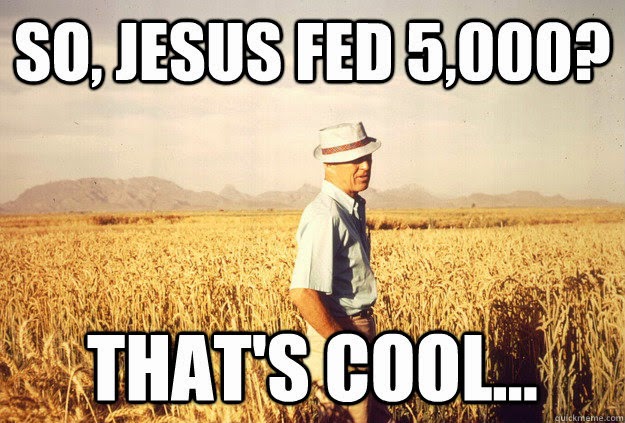


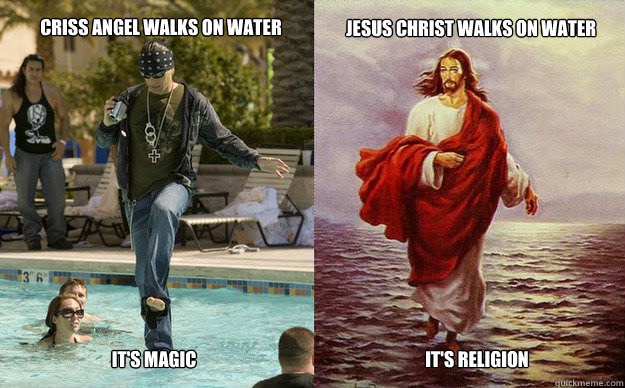
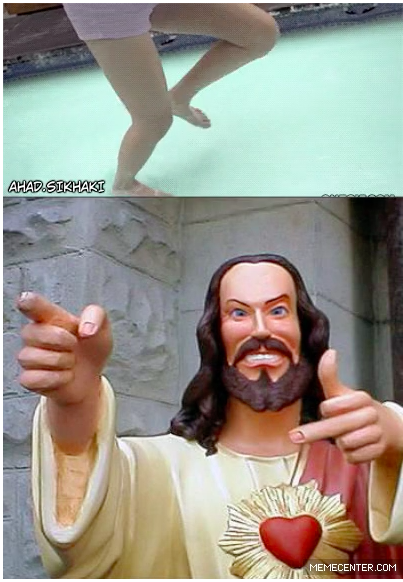

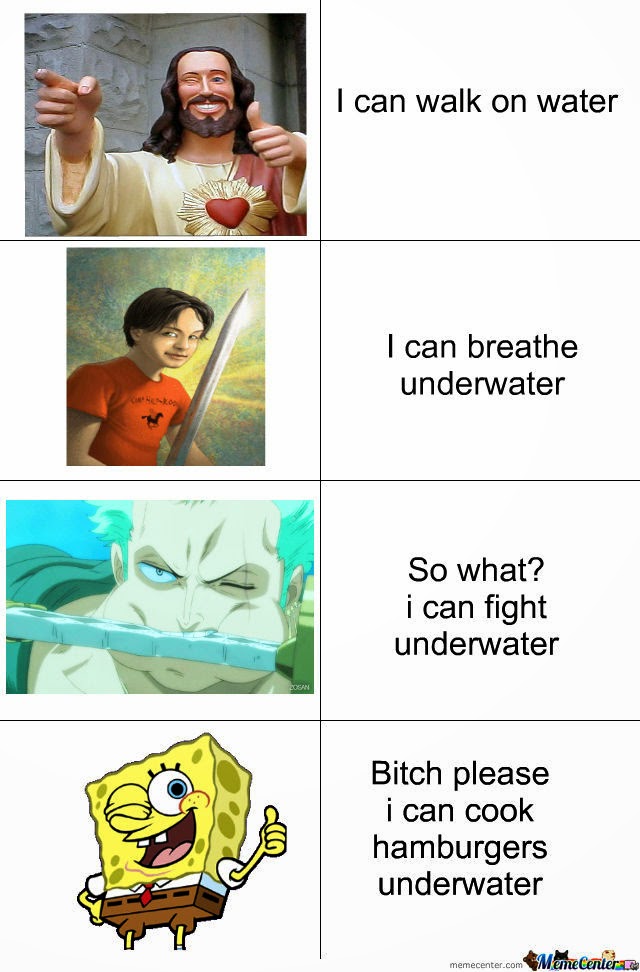
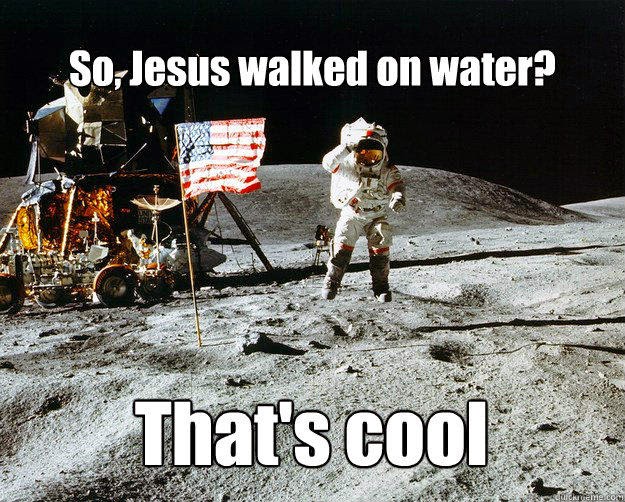
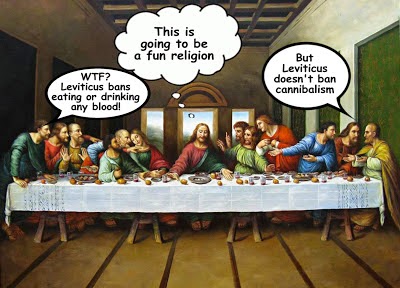

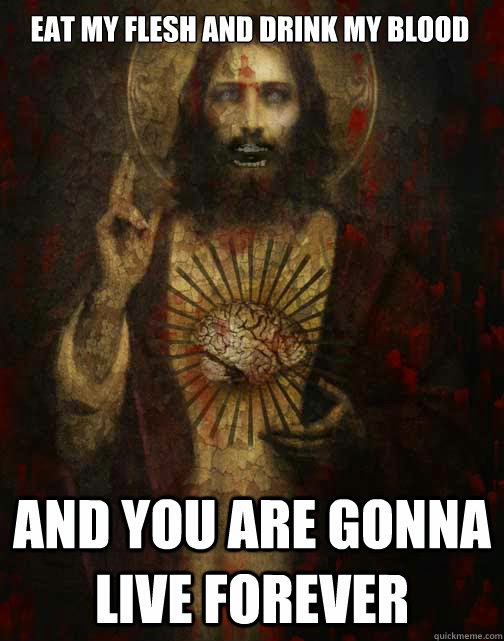
29 March 2015 at 3:53 pm
… and ongoing improvements in prosthetics are healing amputees, to some degree. Jesus ain't never regenerated no limb.